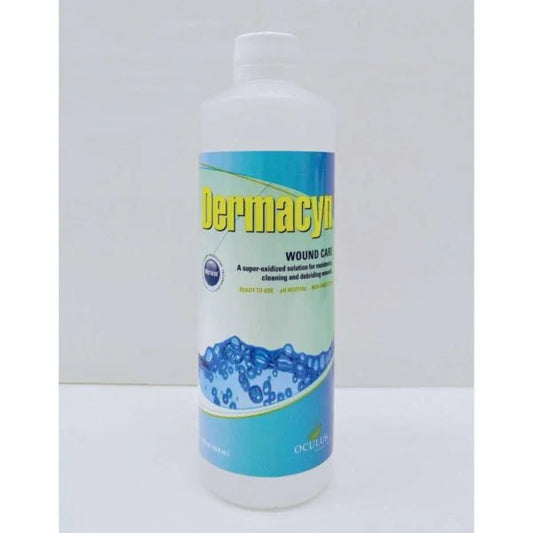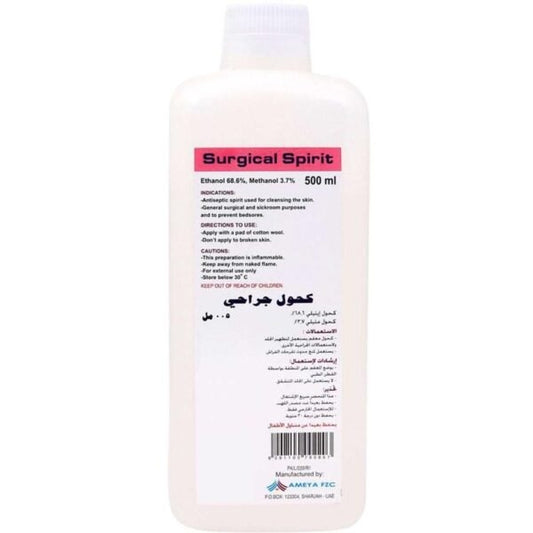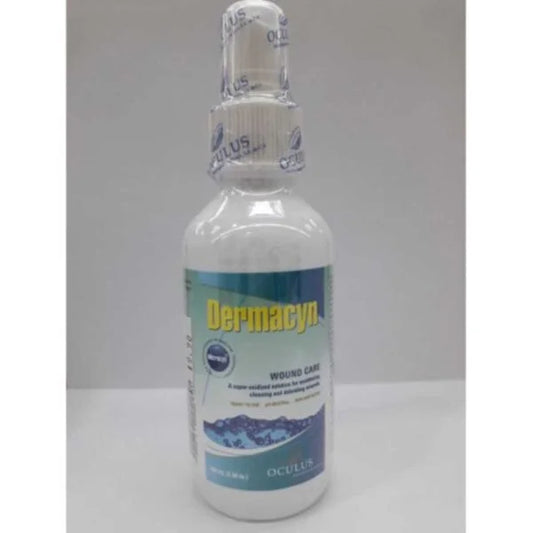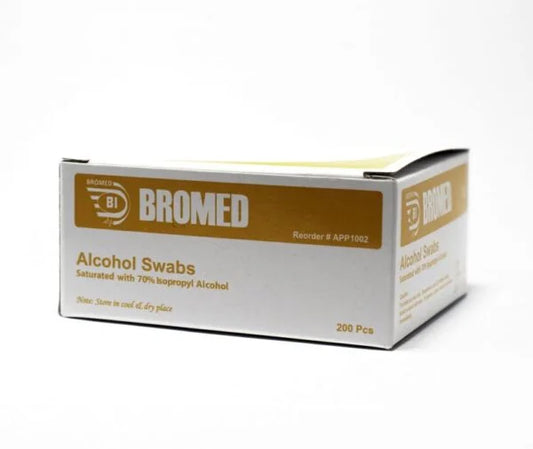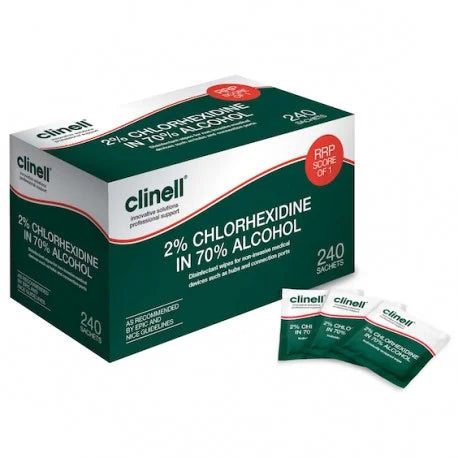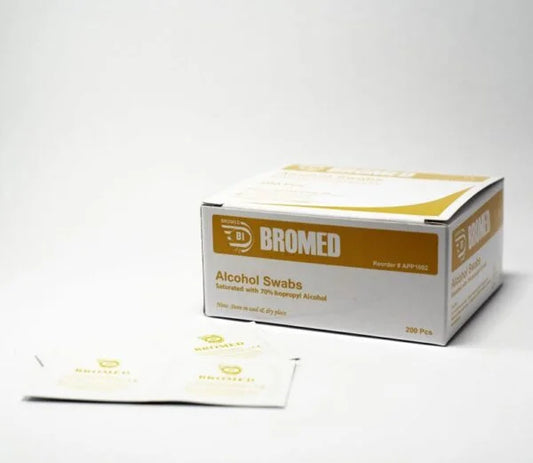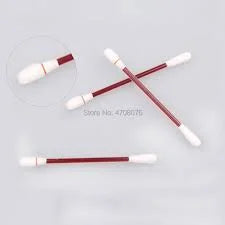-
Dermacyn Wound Care - Dermacyn® Solution (500ml)
Regular price Dhs. 130.00 AEDRegular priceUnit price / per -
Ameya Surgical Spirit 500 mL - Wound Care
Regular price Dhs. 14.00 AEDRegular priceUnit price / per -
Dermacyn Wound Care Solution Spray 120 ml
Regular price Dhs. 85.00 AEDRegular priceUnit price / per -
Alchohol Swabs
Regular price Dhs. 12.00 AEDRegular priceUnit price / per -
Clinell swab 2% Chlorhexidine in 70% Alcohol
Regular price Dhs. 75.00 AEDRegular priceUnit price / per -
3M Cavilon Durable Barrier Cream
Regular price Dhs. 85.00 AEDRegular priceUnit price / per -
Bromed Alcohol Swabs
Regular price Dhs. 20.00 AEDRegular priceUnit price / per -
Good Care Betadine Povidone Iodine USP Swab sticks (50’s)
Regular price Dhs. 50.00 AEDRegular priceUnit price / per -
Betadine Povidone Iodine Swab Stick
Regular price Dhs. 80.00 AEDRegular priceUnit price / per -
Dermacyn Negative Pressure Wound Therapy Solution 990 ML
Regular price Dhs. 250.00 AEDRegular priceUnit price / per
Collection: Wound care prep
Wound Care Preparation: Essential Steps for Effective Healing
Welcome to our comprehensive guide on wound care preparation, designed to provide you with all the necessary information to ensure effective wound treatment and optimal healing. Whether you’re dealing with minor cuts, scrapes, or more serious injuries, proper preparation is crucial for a speedy recovery and to prevent complications. This guide covers everything from understanding the importance of wound care preparation to practical steps and best practices.
1. The Importance of Wound Care Preparation
Proper wound care preparation is the foundation of effective wound management. It sets the stage for successful healing by ensuring that the wound is clean and protected from infections. This section will explain why preparation is vital and how it contributes to optimal wound care.
2. Assessing the Wound
Before beginning any wound care, it's important to assess the wound thoroughly. This involves determining the type, size, depth, and severity of the wound. Understanding these aspects will guide you in choosing the appropriate treatment and preparation steps.
3. Cleaning the Wound
Cleaning the wound is a critical step in wound care preparation. This section will detail the best practices for cleaning wounds, including the use of sterile saline solutions, antiseptics, and the importance of gentle irrigation to remove debris and contaminants.
4. Managing Bleeding
For wounds that are actively bleeding, managing the bleeding is a priority. We will discuss techniques to control bleeding, such as applying direct pressure, elevating the wound, and using hemostatic agents if necessary.
5. Protecting the Wound
Once the wound is clean, protecting it from further injury and contamination is essential. This section will cover the use of protective barriers, such as wound dressings, bandages, and the importance of creating a sterile environment for dressing changes.
6. Applying Antiseptics and Antibiotics
To prevent infection, applying antiseptics and antibiotics may be necessary. We will explore the types of antiseptic solutions and antibiotic ointments commonly used in wound care, and how to apply them correctly to ensure maximum effectiveness.
7. Choosing the Right Dressing
Selecting the appropriate dressing is crucial for protecting the wound and promoting healing. This section will provide guidance on choosing the right dressing based on the wound type, size, and location, as well as the desired healing environment.
8. Monitoring for Infection
Even with proper preparation, it's important to monitor the wound for signs of infection. We will discuss the symptoms of wound infections, such as redness, swelling, and discharge, and provide tips on how to respond if an infection is suspected.
9. Ensuring Proper Nutrition and Hydration
Good nutrition and hydration play a significant role in wound healing. This section will highlight the importance of a balanced diet rich in vitamins and minerals, and staying well-hydrated to support the body's natural healing processes.

